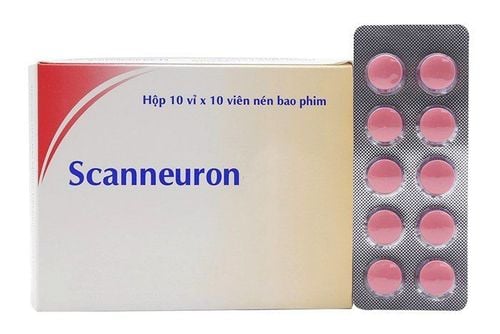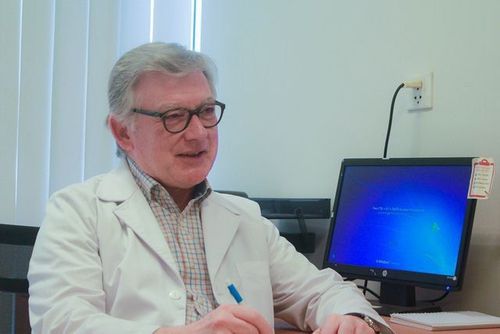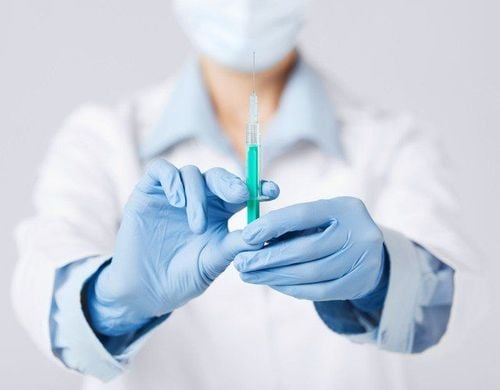This is an automatically translated article.
Posted by Master, Doctor Nguyen Nam Phong - Pediatrician - Department of Pediatrics - Neonatology - Vinmec Phu Quoc International General Hospital
CPR is a combination of chest compressions and artificial respiration to restore oxygen-rich blood to the patient's brain. This technique is performed in emergency resuscitation cases due to accidents, asphyxiation, electric shock, inhalation of poisons. So when should cardiopulmonary resuscitation (CPR) be performed for a child?
1. What is CPR?
Cardiopulmonary resuscitation (CPR) is an emergency procedure that combines chest compressions and artificial ventilation to restore oxygen-rich blood to the patient's brain, thereby preserving brain function. remain intact until further measures are taken.
2. When to conduct CPR for the child? Cardiac arrest, respiratory arrest in children is often the result of severe trauma, certain medical conditions or congenital heart disease. Children may also have cardiac arrest, respiratory arrest due to drowning, suffocation, electric shock, poisoning, anaphylaxis...
CPR is started as soon as possible to improve the child's ability to recover. be better. However, before implementing this technique, it is necessary to determine the appropriate time to conduct it. CPR is performed only when the patient is not breathing or the blood circulation is inadequate. Time is a very important factor when treating children with cardiac arrest and apnea. Usually, brain damage appears after 4 minutes and leads to death 4 to 6 minutes later.
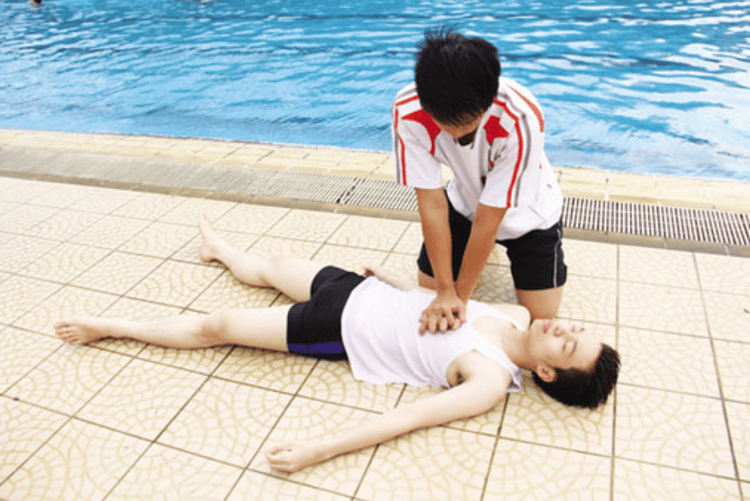
3. Basic first aid maneuvers in pediatric CPR Check the baby's responsiveness, shake or pat and see if he can move or make sounds (whispers). , cry..). Ask out loud, “Are you okay?” or “Tell your mom (dad, uncle, aunt...) how you feel?” If the child is unresponsive, shout for help. Have someone call an ambulance right away. Do not leave your child alone to call an ambulance. In case no one is around, perform CPR on the baby for about 2 minutes and then call 911. Be careful when placing your baby on his or her back. If the child is at risk of spinal cord injury, have 2 people move to avoid the baby's head and neck from swaying. Make sure the airway is clear. Push the baby's head back slightly by gently lifting the baby's chin with one hand and gently pressing the forehead with the other. Observe, listen and feel the baby's breathing. Bring your ear close to the baby's mouth and nose, paying attention to the movements of the chest. Use blood to check the vapor. If the child cannot breathe on his own, gently place your mouth over both his mouth and nose. Another way is to just cover the nose with your mouth, keeping the baby's mouth closed with your hand. Lift your chin up, tilting your head back slightly. Give 2 breaths, each should last for one second and be sure to inflate the baby's chest. Perform external chest compressions by: Place 2 fingers of one hand in the center of the horse, slightly below the horizontal line connecting the 2 nipples. Avoid pressing wrongly by placing your hand too deep below the chest. Place your other hand on the child's forehead, keeping the child's head tilted slightly back. Press down and apply deep pressure about 1/3 -1/2 of the baby's chest. Press about 30 times, after each press, let the baby's chest return to normal before performing the next push. Press “fast” and “strong” to avoid interruptions. Quick count every time you press down ; “1,2,3....29,30, over”
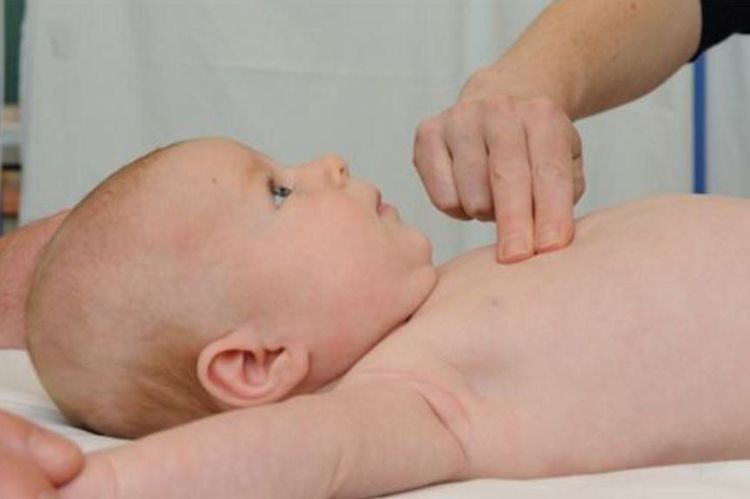
Give the baby 2 more breaths and should make the chest inflate. Continue performing CPR. Chest compressions (30 times) and rescue breaths (2 breaths) then repeat within 2 minutes. After 2 minutes, if the child is still unable to breathe normally on his own, no coughing, no movement. Let the child lie still and then run to call 911 (in case you are alone at the scene) Continue to repeat the procedure of CPR and chest compressions until there are signs of life or signs of distress. medical staff help If the child begins to breathe on his own, place the child in the resuscitation position and remember to regularly observe and check the child's breathing until handover to paramedics.
As a key area of Vinmec Health system, Pediatrics Department always brings satisfaction to customers and is highly appreciated by industry experts with:
Gathering a team of top doctors and nurses in Pediatrics : consists of leading experts with high professional qualifications (professors, associate professors, doctorates, masters), experienced, worked at major hospitals such as Bach Mai, 108.. Doctors All doctors are well-trained, professional, conscientious, knowledgeable about young psychology. In addition to domestic pediatric specialists, the Department of Pediatrics also has the participation of foreign experts (Japan, Singapore, Australia, USA) who are always pioneers in applying the latest and most effective treatment regimens. .
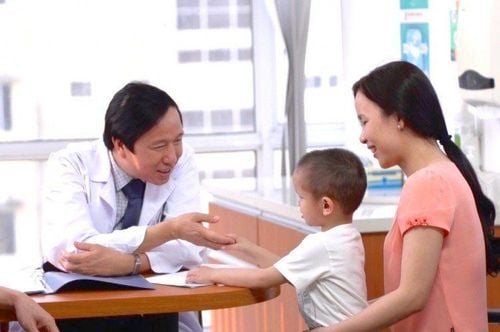
Comprehensive services: In the field of Pediatrics, Vinmec provides a series of continuous medical examination and treatment services from Newborn to Pediatric and Vaccine,... according to international standards to help parents take care of their baby's health. From birth to adulthood Specialized techniques: Vinmec has successfully deployed many specialized techniques to make the treatment of difficult diseases in Pediatrics more effective: neurosurgery - skull surgery, stem cell transplantation. hematopoiesis in cancer treatment. Professional care: In addition to understanding children's psychology, Vinmec also pays special attention to the children's play space, helping them to have fun and get used to the hospital's environment, cooperate in treatment, improve the efficiency of medical treatment. SEE ALSO:
First aid in case of emergency choking When is cardiopulmonary resuscitation (CPR) needed? Note when emergency sudden cardiac arrest
Please dial HOTLINE for more information or register for an appointment HERE. Download MyVinmec app to make appointments faster and to manage your bookings easily.





